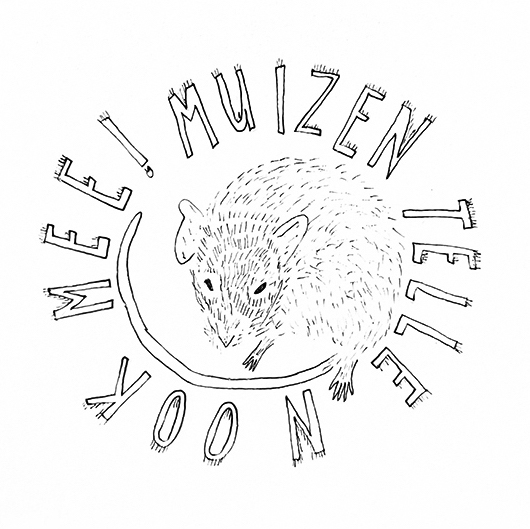Learning to See Mice
(Stray Philosophy III)
DOI:
https://doi.org/10.52537/humanimalia.11520Keywords:
animal philosophy, mice philosophy, phenomenology, autoethnography, animal politics, multispecies deliberationAbstract
This essay describes the author’s experiences in living with laboratory mice, and investigates how these can function as a starting point for building new relations with mice. Laboratory mice are not often studied to learn more about laboratory mice. They are seen as replaceable, and only useful to learn more about humans. This essay challenges this by drawing attention to their ways of being, their individuality, sense of community, practices of care, and ways of creating meaning. The first part of the text mainly exists of stories about their lives, to give an impression of what kind of beings they are. It then turns to how these relate to existing views of mice, and the political dimensions of mice-human relations. The interactions with the mice can be seen as dialogues that can disrupt existing deliberations about, through human interventions in the public debate, and that can show us something about how we can work towards multispecies communities. The aim of the essay is not to provide a full account of what it means to be a mouse, or to live with mice justly. In order to explore that, society would need to change. This text can only offer the first steps in thinking and living differently. In addition to the text, photographs are used to emphasize the mice’s personalities and agency.Downloads
Download data is not yet available.

Published
2022-10-31
Issue
Section
Articles
License
Copyright (c) 2022 Eva Meijer (Author)

This work is licensed under a Creative Commons Attribution-NonCommercial 4.0 International License.
How to Cite
Meijer, Eva. 2022. “Learning to See Mice: (Stray Philosophy III)”. Humanimalia 13 (1): 203–251. https://doi.org/10.52537/humanimalia.11520.









